Thermae Maiores
Legions of Roman soldiers bathed in this ancient spa complex under a Budapest transit station.
If you venture a short trip from the glitz of central Pest to the Flórián tér light rail station on the city’s less-visited Buda side, you’ll find an archeological gem situated just beyond the shore of the Danube, tucked under a concrete tangle of overpasses in the shadows of massive Soviet-built housing blocks.
The uniquely positioned light rail station was built over, under, and through a once-bustling fortress that housed thousands of Roman soldiers in the 1st through 4th centuries. Within the camp was a sprawling complex of public baths, with some 50 rooms including a gymnasium, sweat chamber, and cold and hot water pools for the soldiers. An inscription from the year 268 refers to the complex as Thermae Maiores, or “Great Bath.”
The fortress itself formed part of the ancient city of Aquincum, the capital of the Roman province of Pannonia, where it is believed that Marcus Aurelius wrote at least part of his book Meditations while on campaign in the region. The camp had two main entrances, opening up to two major roads used by the legions.
The ruins of the ancient baths, which would have been some 15,000-square-meters (160,000-square-feet) big, were excavated in the 1980s and preserved for display as the Roman Baths Museum in the Óbuda district of Budapest. Given their historical significance, they are still a relatively obscure attraction, curiously located in the pedestrian underpass beneath the Flórián Square transit station.
When you step off the railway, across the road you will notice a line of stone columns and thick, low walls seemingly growing right out of the grassy slope leading in to the station, a telling indication of what lies below street level. Descending the stairs from the platform it becomes obvious there is a motif to this aging station. Roman stelae and busts line the underground pedestrian passage.
Continue through passage and you’ll reach a raised boardwalk and glass wall that peers into a maze of stone and terracotta structures. These scattered stone walls on the grassy slope are all that remain of twin towers that used to guard the southern wall and gate of the fortress camp. Turning a corner out of the underground passage, you can access the Roman bath complex. On the north side of the station there are overgrown remains of even more of the ancient fortress.
Know Before You Go
From central Pest, take the Soviet-era Metro Line 3 to Tram 1. Flórián tér is a stop on the Tram 1 line.
The adjacent Therma Maiores is free to visit. Opening hours are 9:00 – 18:00, 1 April – 31 October. Closed Mondays.
From Flórián tér, Aquincum Archaeological park is about 1 km north and the Aquincum Military Amphitheater is about 1 km to the south.
Community Contributors
Added by
Edited by
Plan Your Trip
The Atlas Obscura Podcast is Back!








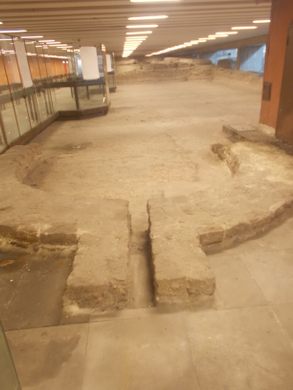
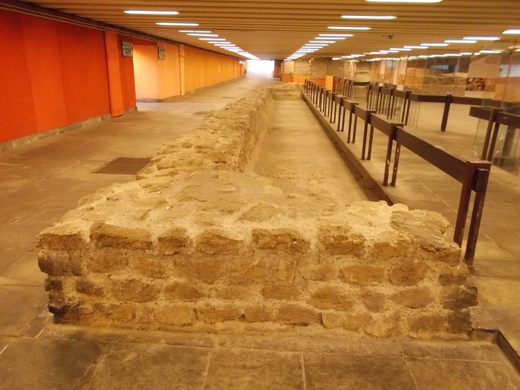







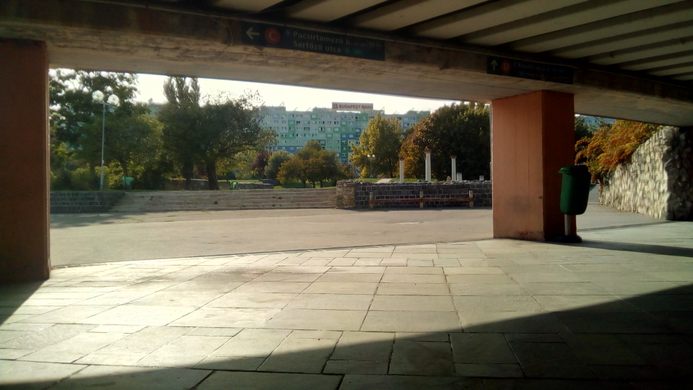
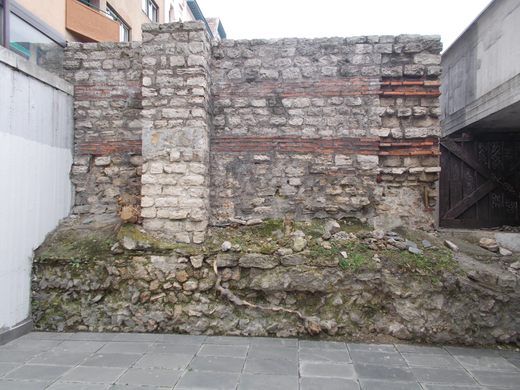






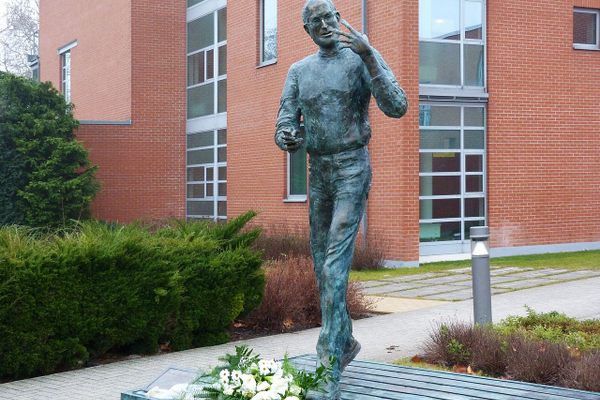

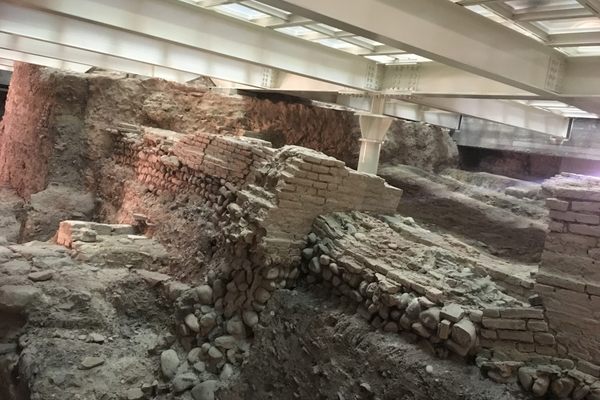

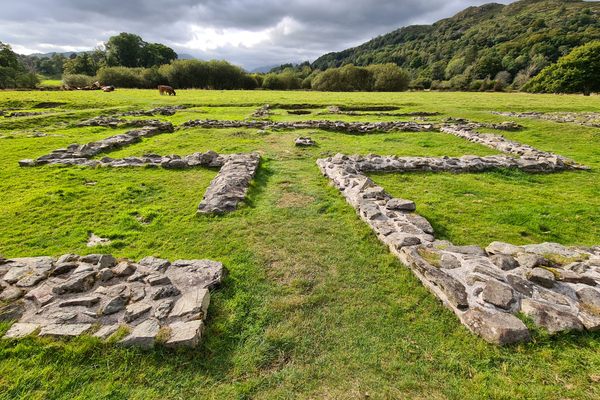


Follow us on Twitter to get the latest on the world's hidden wonders.
Like us on Facebook to get the latest on the world's hidden wonders.
Follow us on Twitter Like us on Facebook